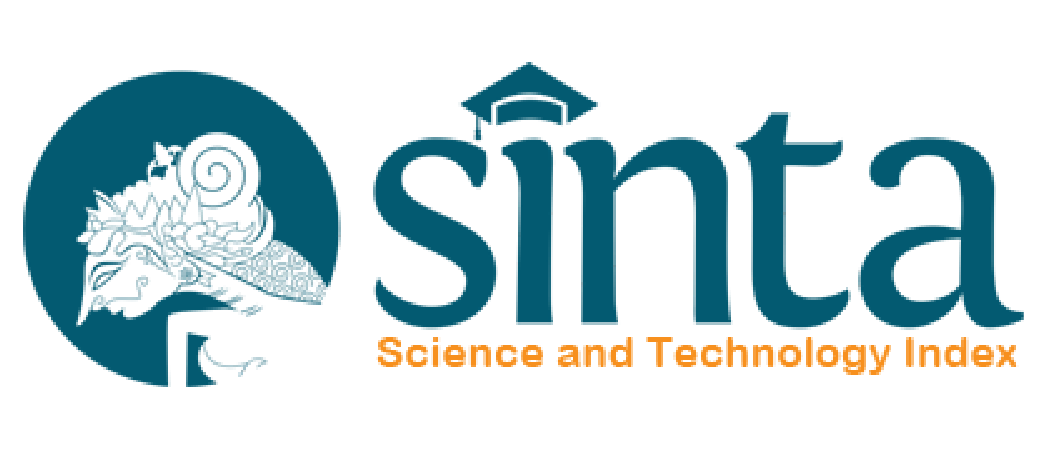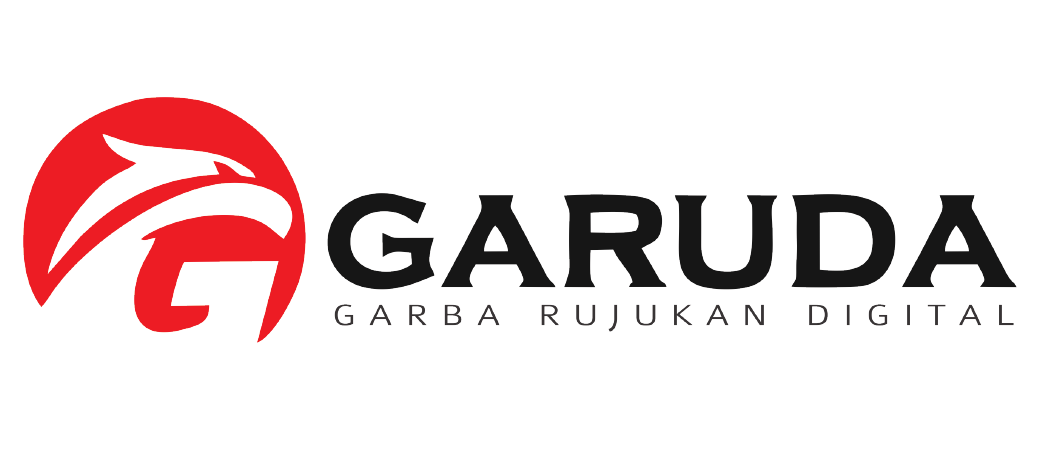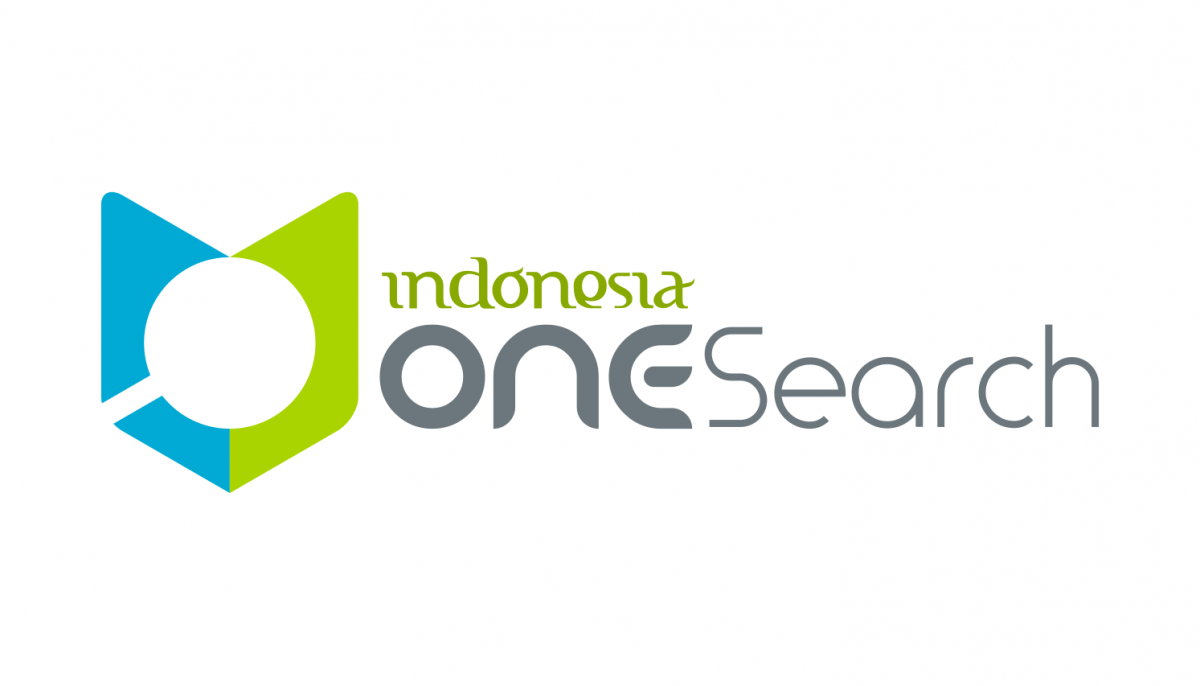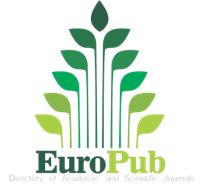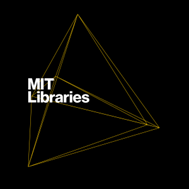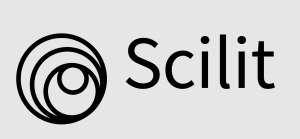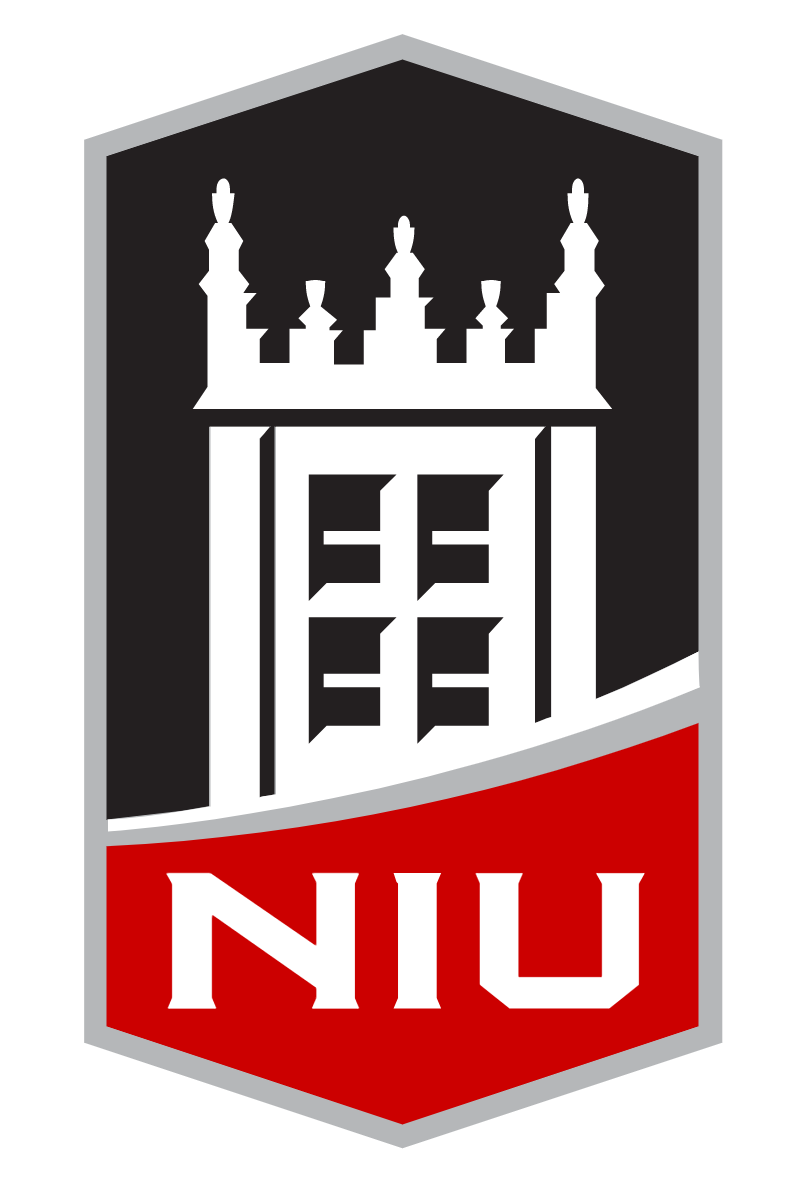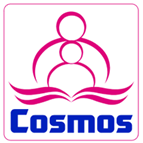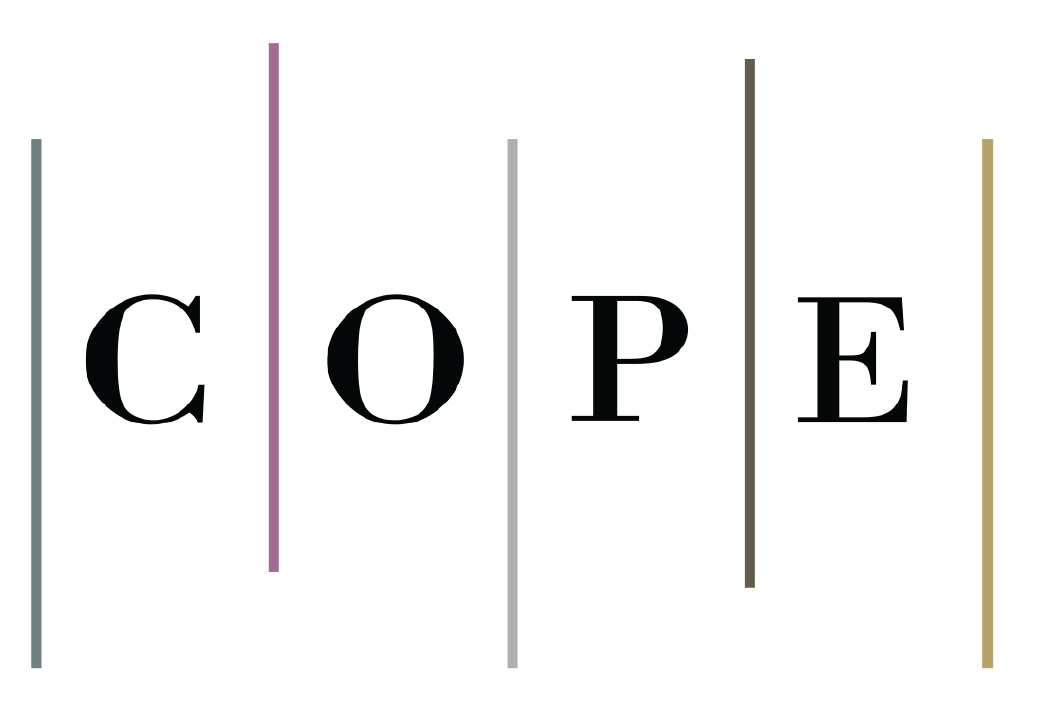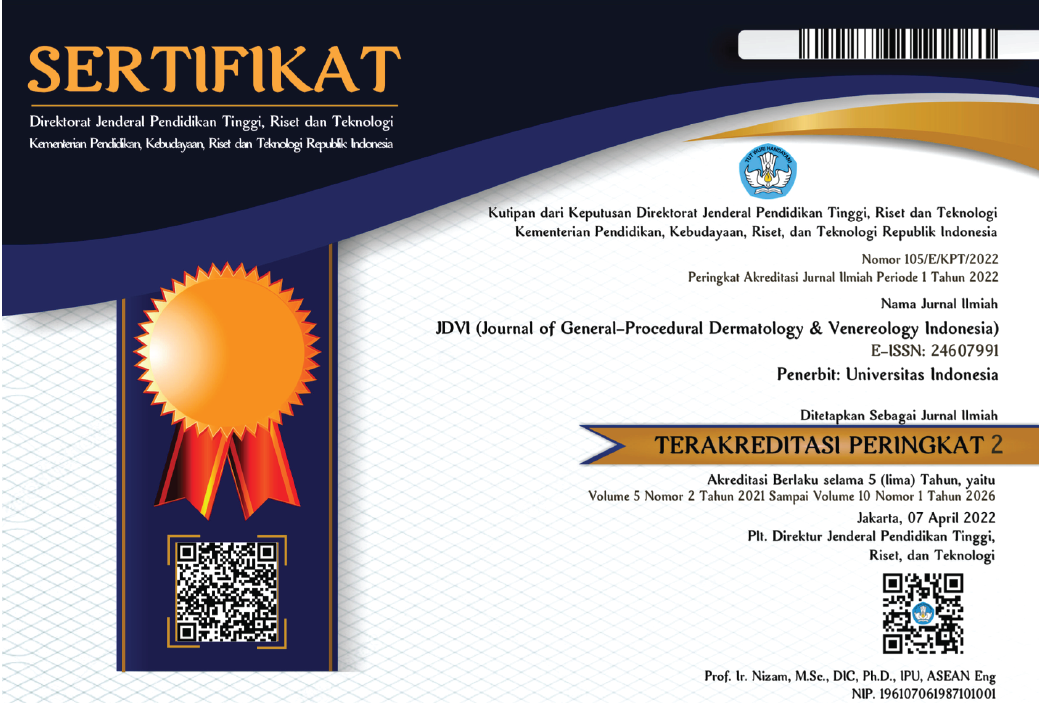Abstract
Acne vulgaris is a chronic inflammatory disease of the pilosebaceous unit with polymorphic manifestations. The four key elements leading to the formation of acne lesions are alteration of follicular keratinization that leads to comedones, increased and altered sebum production under androgen control, follicular colonization by Propionibacterium acnes, and complex inflammatory mechanisms that involve both innate and acquired immunity. Phototherapy (light, lasers, and photodynamic therapy) has been proposed as an alternative therapeutic modality to treat acne vulgaris and is proposed to have less side effects compared to other treatment options. Recently, low-level laser (light) therapy (LLLT) which refers to the use of red-beam or near-infrared laser with a wave-length between 600 and 1000 nanometers and power from 5 to 500 milliwatts, starts to be used in the treatment of acne. Mechanism of action of LLLT for acne is through photochemical reaction that produces reactive free radicals and singlet oxygen species which in turn lead to bacterial destruction by blue light. Meanwhile, red light can affect the sebum secretion of sebaceous glands, change keratinocytes behavior, and modulate cytokines from macrophages and other cells that reduce inflammation. LLLT is proposed to be effective as an alternative modality for inflammatory type lesions in acne vulgaris.
Recommended Citation
Chandra, Rudi and Jusuf, Nelva K.
(2021)
"Alternative modality in the treatment of acne vulgaris: Low level laser therapy,"
Journal of General - Procedural Dermatology and Venereology Indonesia: Vol. 5:
Iss.
2, Article 9.
DOI: 10.19100/jdvi.v5i2.168
Available at:
https://scholarhub.ui.ac.id/jdvi/vol5/iss2/9
Included in
Dermatology Commons, Integumentary System Commons, Skin and Connective Tissue Diseases Commons



